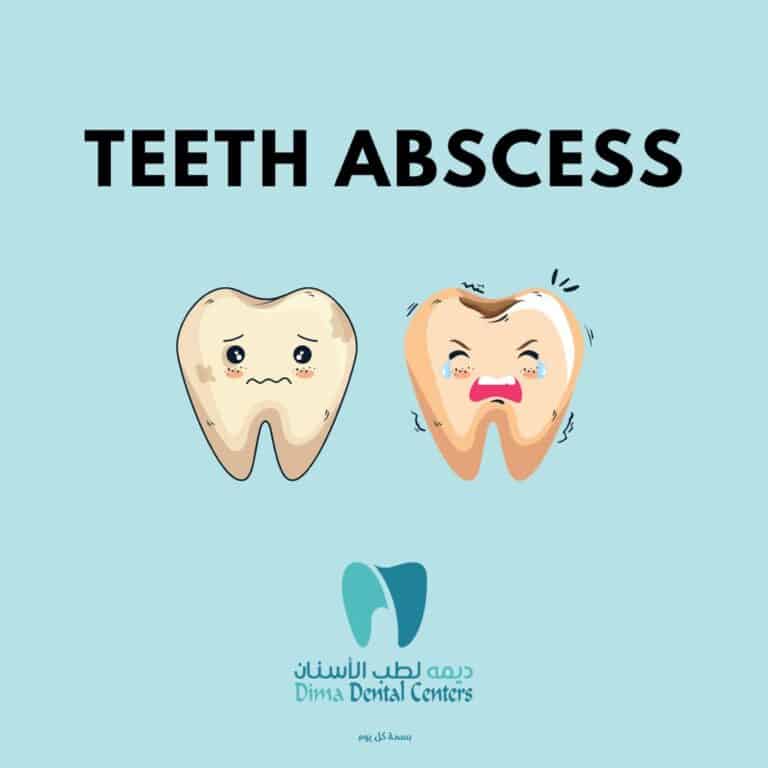The use of rubber bands in the treatment of nerve and microscopy

The use of rubber bands has become an essential part of everyday dental procedures. Most of the time, rubber bands are used in procedures that require bonding or the use of chemical irritants, and the barrier created between the hard surface of the teeth and the soft tissues (lip and tongue) by the band does not It not only helps to ensure that the patient does not suffer tissue damage from chemicals and adhesives, but also to keep the mouth area free of fluid or residue that would affect the effectiveness of the adhesives.
Importance of using rubber seals in dentistry
- Recently, the COVID-19 pandemic has made isolation more important than ever, it is really important to use rubber bands to mitigate the risks of spreading the virus in the procedures.
- Another advantage when using a band is that it avoids the risk of patient swallowing or choking on any dental tools or instruments used by the dentist.
- The main final benefit of using a rubber seal in dentistry is that it greatly increases the visibility of the dentist’s work area.
- This means that human error is minimized and the duration of the procedure is minimized to make the practice more efficient and to avoid any potential patient inconvenience.
Rubber bands use precautions
There are some things that the dental professional should pay attention to when deciding to use dental isolation techniques using the rubber seal, and they are as follows:
- Ensure that the patient does not suffer from latex-related allergies as many dental dams contain it, some rubber bands, such as VIDU rubber bands, are low in protein, which is the main cause of allergic reactions to products that contain latex.
- The dentist should also pay attention to the position of the rubber seal. In some cases, the use of the dam leads to restricted breathing and this can be easily remedied by trimming the rubber dam around the nose and making sure that the patient’s breathing is not restricted before starting the procedure.
- When rubber bands are used to insulate teeth instead of cotton rolls, dental repairs are more likely to remain in place and be in good shape after six months.
- It is recommended to attach a piece of dental floss to the clips and fix it before inserting it into the mouth, this will prevent the patient from choking or swallowing the clip if it is separated from the tooth.
An insulator will help you explain the entire dental isolation process, from preparation to safe removal, and there are many different tools a professional dentist uses to adopt this technique in their own practice.
Rubber bands specification
Rubber bands may look very similar, but there are very important differences that a medical professional takes into account when supplying a clinic.
- Thickness: Insulators are available in different thicknesses to meet different needs, not all brands offer all thicknesses, but generally there are 5 thicknesses: thin, medium, thick, extra thick, and special thickness.
- Size: Almost all rubber bands are 6″ x 6″ in size, for children and patients with smaller mouth areas, a doctor can find 5″ x 5″ dams.
- Color: The choice of the color of the rubber dam is left to the dentist. Dams are usually brightly colored, such as blue, green and pink, so that the white teeth stand out from the gum line and increase visibility.
Although rubber bands must be disposed of after use, because they are not made of a sterilable material, and can rarely be recycled, the pollution and biological hazards associated with dams do not mean that they cannot be environmentally friendly so we hired the specialized companies to provide the rubber seal that balances Weigh the plastic used to make them, plus they come in recyclable packaging, so we can be sure our practice isn’t harming the planet.
Why are teeth isolated when treating a nerve?
When dental practitioners need to repair a tooth, they often isolate it from the rest of the mouth in order to:
- Banish saliva to prevent it from changing the adhesion of materials.
- To some extent reduce the aerosol produced during the dental procedure in cleaning the place of the nerve before making the appropriate fillings.
- Prevent materials, fluids, or tools used in the repair from being swallowed or damaging the mouth.
What do dentists use to isolate teeth?
A common method of isolating the teeth from the rest of the mouth is to use cotton rolls and a straw-like tube to absorb saliva. This technique uses simple and inexpensive equipment, but requires frequent replacement of soaked cotton rolls.
Another option is to use a thin layer of rubber (rubber insulator) where the dental practitioner makes a small hole in the layer, then places it on the tooth to be treated, creating a barrier around it.
The rubber bands can be held in place in a number of ways, such as placing hooks over the tooth or a small piece of rubber stuck between the teeth.
The tools that come with the rubber bands
There are some additional items that the dentist may need to perform the absolute isolation, and it all depends on how you wish to carry out the procedure. Here are some things that dentists use to facilitate the process:
- Water-based lubrication in the corner of the mouth to avoid irritating the patient’s skin.
- Dental floss is used as a safety measure to prevent the clamp from being swallowed or choking on the patient, as well as to help the dentist push in only the rubber dam between the teeth.
- A dental dam or a youth arch is a U-shaped piece of metal or plastic used to extend the dam and facilitate access to isolated teeth.
- Plastic clips are sometimes used because they are not metal and therefore do not interfere with X-rays, however, it has been noted that they are not as strong as metal clips and are therefore used less.
- Pegs can be used to extend the rubber dam further to ensure it is firmly seated in the tooth cavity, and are also used to provide tooth clearance and secure the matrix if necessary.
Today, rubber bands is a widely used procedure in many dental specialties, including endodontics and cosmetic adhesive dentistry, and is in the category of “endodontics”, the category in which all of these materials are used professionally.
side effects
There are no indications reported in studies of any side effects from the use of rubber bands in nerve treatments or in dental procedures in general.
How does the dentist apply the band?
This is a newer innovation over the traditional methods sometimes preferred by some dentists, as it is a single unit that is inserted into the mouth with a single motion.
The rubber bands can also come with a pre-set dental arch, which means that all the dentist has to do is drill holes, lubricate and insert the rubber dam around each tooth.







